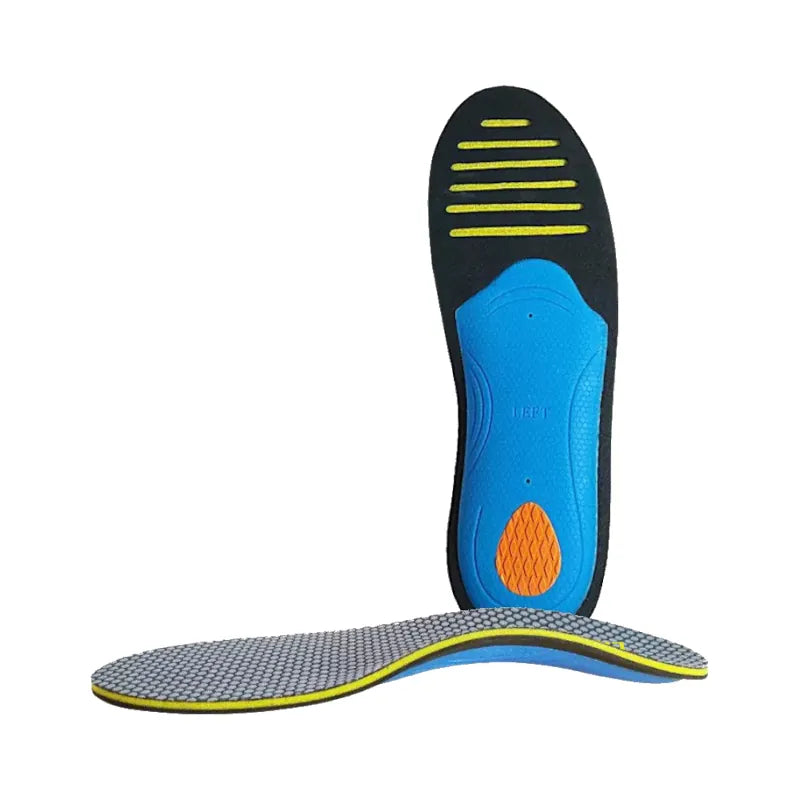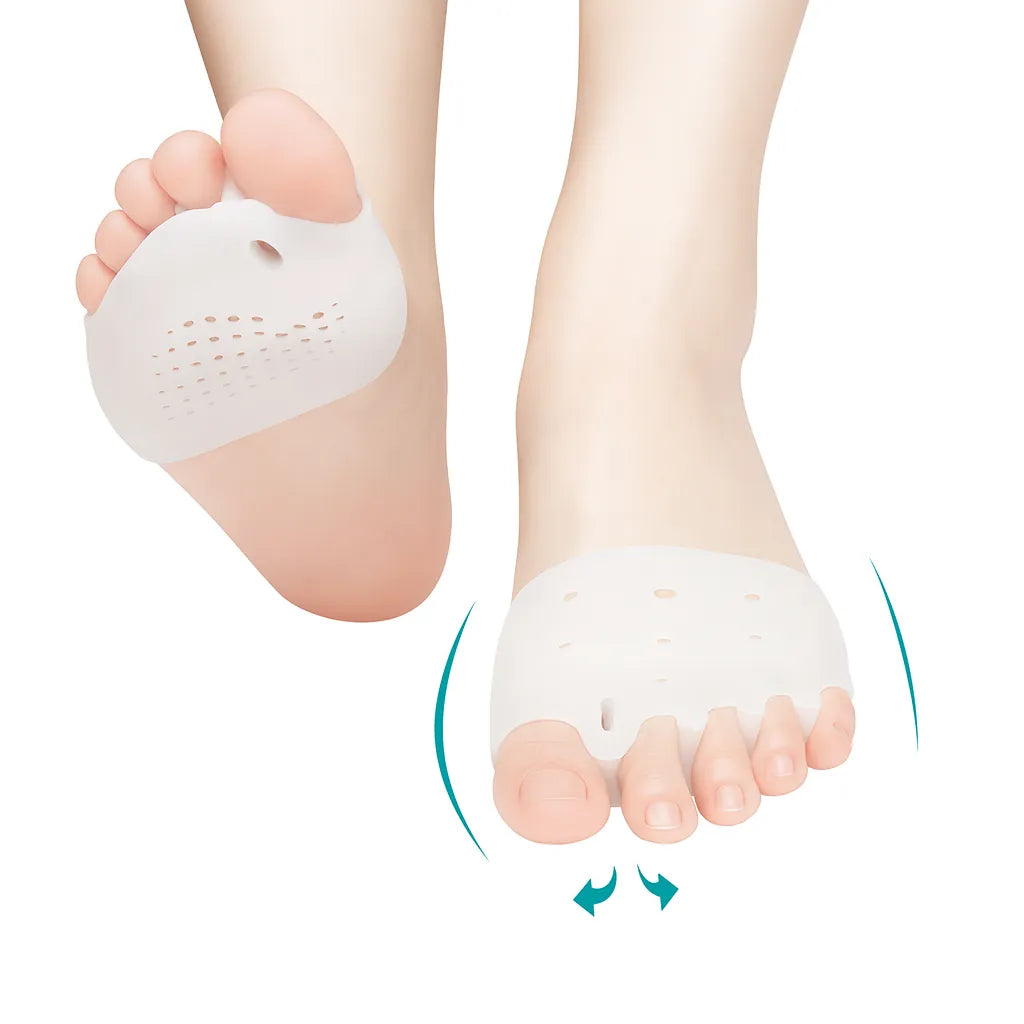
Diabetes and foot pain
Share
Introduction
Around half of individuals with diabetes experience some form of nerve damage, known as diabetic neuropathy. This condition can affect nerves in any part of the body, but it most commonly affects nerves in the feet and legs.
Unfortunately, foot problems are a significant source of morbidity for people with diabetes. Diabetic foot pain is a prevalent complication, occurring in up to 50% of diabetic patients, particularly in those with neuropathy.
In diabetic neuropathic foot, reduced sensation is a common occurrence due to elevated blood sugar levels. While it may seem beneficial not to feel pain, cold, or heat, this comes at a high cost. Pain serves as the body's warning signal that something is wrong so that appropriate measures can be taken. If you cannot feel pain in your feet, you may not notice cuts, blisters, sores, ulcers, or other issues that require attention.
Elevated blood sugar levels not only damage your nerves, but they can also reduce blood flow to your feet. This can slow down the healing process, making it more difficult for foot ulcers and infections to heal. In severe cases, amputation may be necessary to prevent the infection from spreading.
Furthermore, tight muscles can pull on tendons, causing them to thicken and leading to diabetic foot pain.

Symptoms
Bearing this mind, people with diabetic neuropathy can present a wide variety of clinical presentations:
Cramps in the legs or feet;
- Foot Pain;
- Cutaneous wounds like foot ulceration and infections;
- Tingling, burning and/or numbness feeling;
- Loss of sensation or extreme sensitivity to touch leading to lower pain tolerance;
- Muscle weakness;
- Bone and joint damage;
- Severe pain in the buttock, hip or thigh;
- Chest or abdominal wall pain.
Complications related to diabetic foot can have a wide range of negative impacts on patients, including loss of income and ability to work, hindering educational and social pursuits. These problems can also lead to psychological harm for patients and indirect harm to their environment.
Treatments
The treatment approach for diabetic foot problems depends on the severity of the condition and can include both surgical and non-surgical interventions. However, many foot problems can be prevented by practising good, regular foot care. Patient education and early diagnosis and treatment are crucial for improving the quality of life for individuals with diabetic foot problems.
Several studies have shown that exercise, smoking cessation, and healthy eating habits are vital for diabetic patients as they help reduce cardiovascular risk factors. Wearing immobilization devices, such as a cast boot or total contact cast, may also be necessary in some cases.
For better foot hygiene and health, here are a few tips you should follow in case of diabetic neuropathy and diabetic foot:
Avoid walking barefoot;
- Use good fit footwear, with nice cushioning and soft soles. Wear socks with them;
- Trim your toenails frequently and carefully. Cut them straight across and not the corners;
- Move your feet and toes frequently to keep the blood flowing;
- Check your feet every day.
In cases of diabetic foot pain, a healthcare provider may prescribe medication to alleviate nerve pain.
If non-surgical treatment options are unsuccessful in addressing diabetic foot issues, surgery may be recommended to remove dead tissue or, in severe cases, amputation may be necessary to prevent the spread of infection.
Conclusion
In conclusion, diabetic neuropathy is a significant complication that affects a substantial portion of individuals with diabetes. However, with consistent blood sugar management, a healthy lifestyle, and daily foot checks, you can often prevent or slow its progression and reduce the likelihood of developing related foot problems. It is crucial to seek medical attention if you have a cut or blister that is not healing. By taking proactive steps, you can improve your overall health and well-being while reducing the risk of complications associated with diabetic neuropathy.
Author Bio:
 Inês Pinheiro
Inês Pinheiro
Certified Physiotherapist for Shoulder and Knee Injuries
Inês is a skilled physical therapist with a special interest and extensive experience in working with athletes, specifically football players and also neurologic patients.
References
- Mishra, S.C. et al. (2017) “Diabetic foot,” BMJ [Preprint]. Available at: https://doi.org/10.1136/bmj.j5064.
- Diabetic neuropathy (2022) Mayo Clinic. Mayo Foundation for Medical Education and Research. Available at: https://www.mayoclinic.org/diseases-conditions/diabetic-neuropathy/symptoms-causes/syc-20371580
- Diabetes and your feet (2023) Centers for Disease Control and Prevention. Centers for Disease Control and Prevention. Available at: https://www.cdc.gov/diabetes/library/features/healthy-feet.html.
- Hicks, C. W., & Selvin, E. (2019). Epidemiology of Peripheral Neuropathy and Lower Extremity Disease in Diabetes. Current Diabetes Reports, 19(10). doi:10.1007/s11892-019-1212-8
- Diabetes & foot problems - niddk (no date) National Institute of Diabetes and Digestive and Kidney Diseases. U.S. Department of Health and Human Services. Available at: https://www.niddk.nih.gov/health-information/diabetes/overview/preventing-problems/foot-problems.













